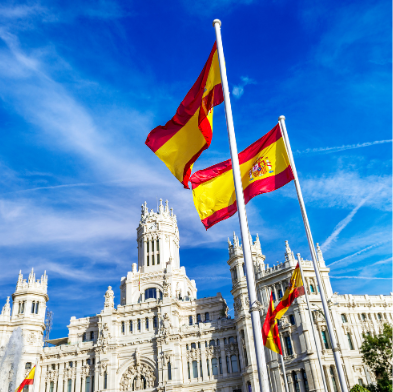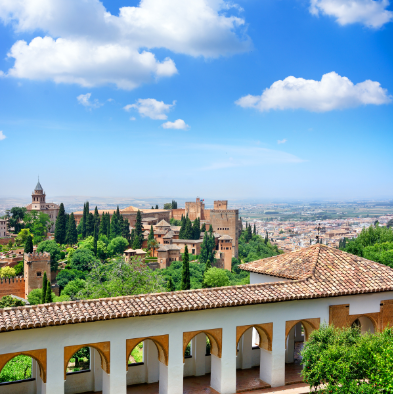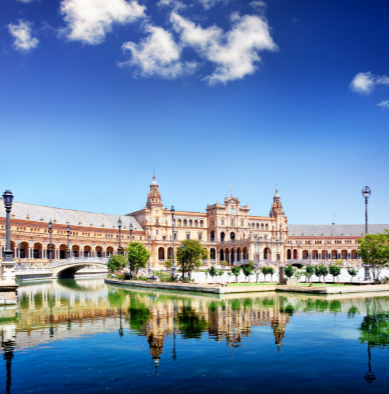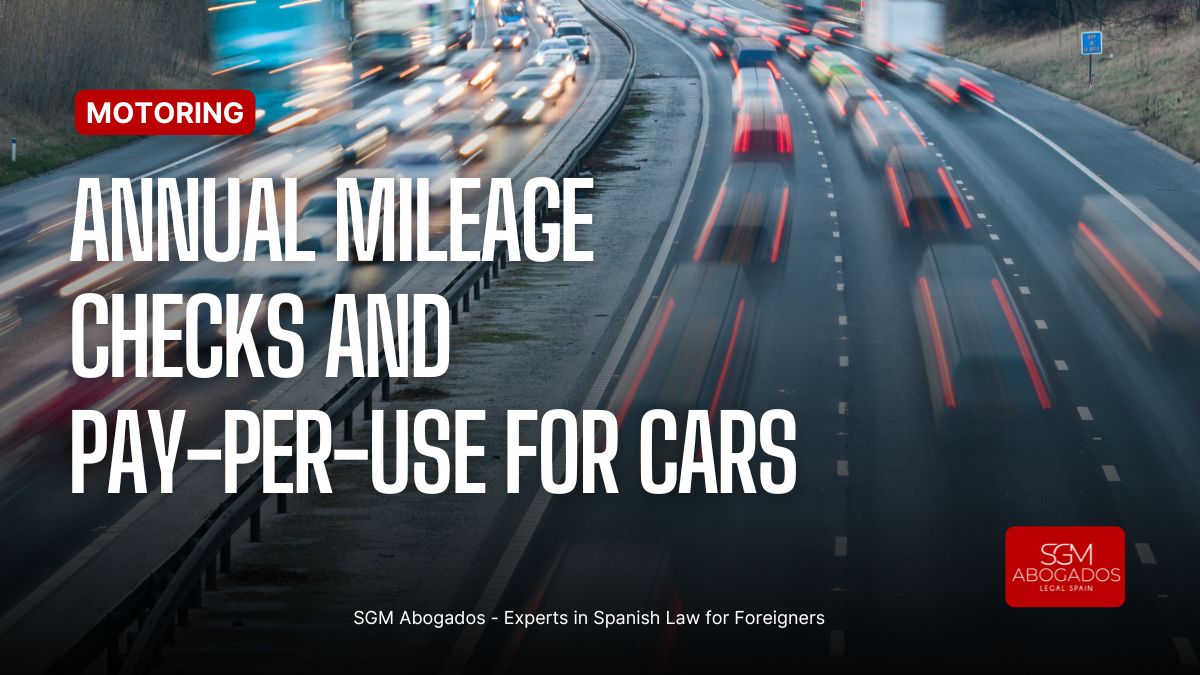Surge in American Property Buyers in Spain
For decades, Spain has stood as a coveted destination for foreign property buyers.
Traditionally, this demographic hailed from neighbouring European nations like the UK, Germany, Sweden, and Holland.
However, recent years have witnessed a remarkable uptick in Americans seeking to invest in Spanish real estate, emblematic of a broader trend encompassing international property acquisitions in Spain. This newfound fascination with Spain is palpable.

In 2022, the property market in Spain witnessed a notable surge, with foreign purchases escalating by 9.7% compared to the previous year, according to data gleaned from Spain’s General Council of Notaries, as reported by esteemed property website, Fotocasa. Among these discerning buyers, Americans have emerged as one of the most rapidly expanding groups, boasting a staggering 36.64% surge in transactions solely in the latter half of 2022.
This marked surge in American property acquisitions dovetails with a larger narrative of escalating American residency in Spain. Even before the pandemic’s onset, this figure exhibited an impressive 13% increase from 2019 to 2021. Additionally, home sales to Americans exhibited a remarkable 88% surge from the initial half of 2019 to the corresponding period in 2022, according to a report referenced by Telemundo.
Yet, this burgeoning American interest in Spain is not confined solely to the real estate sector. Both tourist footfalls (54.7%) and expenditure (60.8%) in Spain witnessed substantial year-on-year growth, as per data sourced from Turespaña. The question that arises is: what fuels this surge, and where do most Americans in Spain ultimately choose to settle?
Zeroing in on American Residency in Spain
In late 2022, Spain’s national statistics agency (INE) recorded a total of 41,953 US nationals who were officially residing in Spain. Notably, Madrid emerged as the epicenter of American habitation, housing over a quarter of this population.
With 11,570 Americans officially calling Madrid home, their numbers rival those of British expatriates (11,831) in the capital, despite the UK’s vastly larger presence across Spain. Germans, Belgians, Irish, and Canadians, on the other hand, find themselves dwarfed by the American populace in Madrid.

Barcelona clinched the second spot, hosting 8,156 US nationals in 2022. Following closely are Málaga province in southern Spain, harboring 2,692 US residents, and Valencia province on the east coast, with 2,549. Completing the top five is Alicante province, a perennial favorite among foreigners, boasting 1,714 American residents.

In the realm of property acquisitions, data from the General Council of Notaries, as relayed by Fotocasa, underscores Madrid’s overwhelming appeal to Americans, topping the list of transactions. The Andalusia region secured the second spot, with captivating cities like Seville and Granada proving to be irresistible to American buyers.
Americans: Pioneers of Prosperous Property Ventures
With the influx of Americans into Spain, a wave of substantial purchasing power accompanies them. In 2022, Americans ranked fourth in terms of highest average expenditure per square meter (€2,809 €/m²), as per data from the General Council of Notaries report, cited by Fotocasa. Only Switzerland, Sweden, and Denmark surpassed them in this regard.
In many parts of Spain, particularly in urban centers like Madrid, Barcelona, Valencia, and Alicante, the property market, particularly rentals, has witnessed a sharp surge in prices following an infusion of foreign capital post-pandemic, rendering it increasingly challenging for locals to reside in their own neighborhoods.
The Irresistible Lure: Why Americans Flock to Spain
The allure of Spanish living is self-evident. The multitude of factors that beckon foreigners to Spain are likely familiar to you as a reader of The Local Spain. Generally, it’s the climate, culinary delights, relatively affordable cost of living, and unhurried Mediterranean lifestyle that beguile Americans to Spain, just as they have countless others over the years.
Additionally, Spain’s expanding array of accessible visa options for Americans plays a pivotal role. Notably, the Golden Visa program offers residency to those investing €500,000 or more in Spanish properties. Another option, the recently introduced digital nomad visa, extends residency rights and tax incentives to freelancers and remote workers from non-EU countries, provided no more than 20% of their income originates from a Spanish entity.

Two Distinct Archetypes: Americans in Spain
Thanks to these two prominent visa avenues, we can broadly categorize two groups of Americans comprising the lion’s share of this recent influx of arrivals and property buyers.
Firstly, there are retirees seeking to savor their golden years under the Spanish sun, relishing the gentler pace of Mediterranean life. The majority of these individuals are likely to possess savings and enter the country through the Golden Visa program.
Conversely, a younger cohort of Americans is likely to arrive under the Digital Nomad visa, renting properties in Spain while working remotely for American companies. This dynamic blend of age groups and motivations contributes to the diverse American community flourishing in Spain today.












